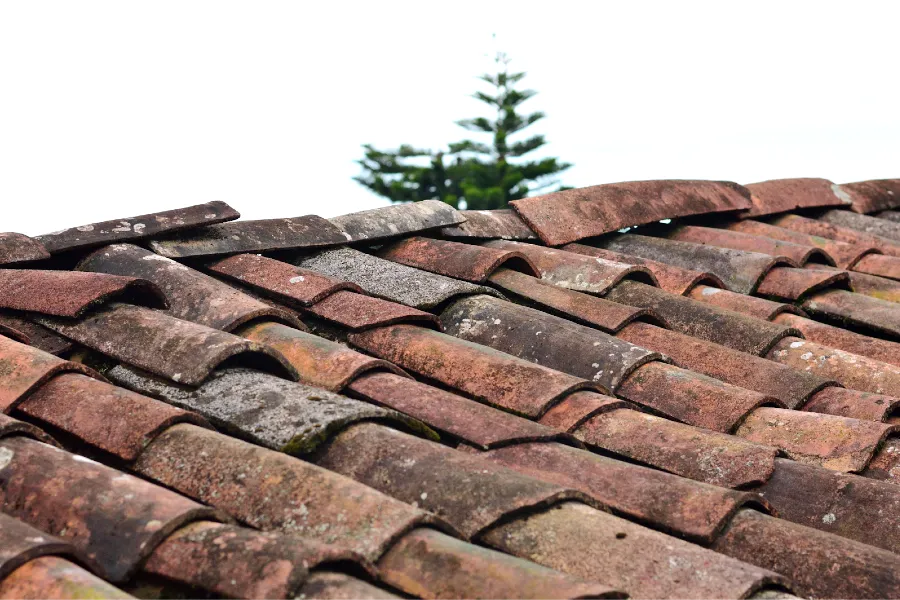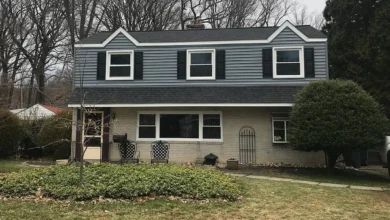How to Spot Roof Damage After Strong Winds

After a big storm with strong winds, it’s important to check your roof. Even if it looks fine from the ground, your roof might have damage you can’t see right away. A Brookfield roofing company would tell you that catching small problems early can help you avoid bigger, more expensive repairs later on. Wind may seem harmless, but it can loosen shingles, tear off materials, and even cause hidden leaks. That’s why it’s smart to inspect your roof after every major storm, even if you don’t think anything happened.
Let’s look at some easy signs that may mean your roof got damaged by the wind.
1. Missing or Lifted Shingles
Shingles are the small pieces that cover your roof. When strong wind blows through, it can loosen them or rip them off completely. After a storm, walk around your house and look for shingles in your yard or driveway. Also, look up at the roof to see if any are missing or look out of place. If shingles are curled up at the edges or seem to be flapping in the wind, they could be damaged. These weak spots can let in rain, which can cause leaks or rot.
2. Shingle Granules in the Gutter
Shingles are coated with tiny rough granules to protect them from the sun and rain. When wind is strong, it can knock off these granules. If you see lots of little pieces in your gutters or at the bottom of your downspouts, that’s a sign your shingles are starting to wear down. Without the granules, shingles age faster and are more likely to crack or break.
3. Bent or Damaged Flashing
Flashing is the thin metal you see around chimneys, skylights, and vents. It helps keep water from sneaking into the small gaps around these features. If wind bends or lifts the flashing, those gaps get exposed. This can lead to water damage inside the roof. Flashing should lie flat against the roof, so if it looks bent, loose, or out of place, it should be fixed right away.
4. Leaks or Stains Inside the House
Not all roof damage is easy to see from the outside. After a windy storm, take a look inside your home. Check ceilings and walls for brown or yellow water stains. You might also see paint bubbling or peeling. In the attic, check for damp insulation or wet spots on the wood. These are signs that water is coming through the roof. Small leaks can turn into big problems fast, so don’t wait to take care of them.
5. Debris on the Roof
Storm winds often carry leaves, sticks, and even large branches onto your roof. Heavy debris can damage shingles, break tiles, or clog your gutters. If something hits your roof hard enough, it could even punch a hole. Always check for debris after a storm. If you see something large or hard to reach, call a professional to remove it safely.
6. Sagging or Uneven Areas
Your roof should have a smooth, even shape. If you notice parts of it drooping or looking uneven, that could mean something underneath is damaged. Water might have soaked into the wood, or part of the structure might be weak. A sagging roof is a serious issue and should be looked at right away before it leads to more damage or a possible collapse.
7. Cracks in Chimney or Roof Cement
Look closely at your chimney and any areas where cement or sealant has been used. Wind can crack old cement or knock bricks loose. If mortar is crumbling or you see gaps between bricks, water can easily get inside. The same goes for old roofing cement that was used to patch areas. check for cracks or signs it’s breaking apart.
Flat Roofs Need Extra Attention
If your house has a flat roof, wind can still cause damage. Flat roofs may show bubbles, cracks, or spots where the material is lifting. These weak areas can let water in and cause slow leaks. Make sure to inspect your flat roof regularly, especially after strong winds or heavy storms.
Keep Your Roof in Good Shape
Taking the time to check your roof after high winds can save you from bigger headaches later. If you’re not sure what to look for or don’t feel safe climbing a ladder, call a professional. A quick inspection can catch damage early and help extend the life of your roof. Your roof works hard to protect your home, give it the care it needs after every storm.





